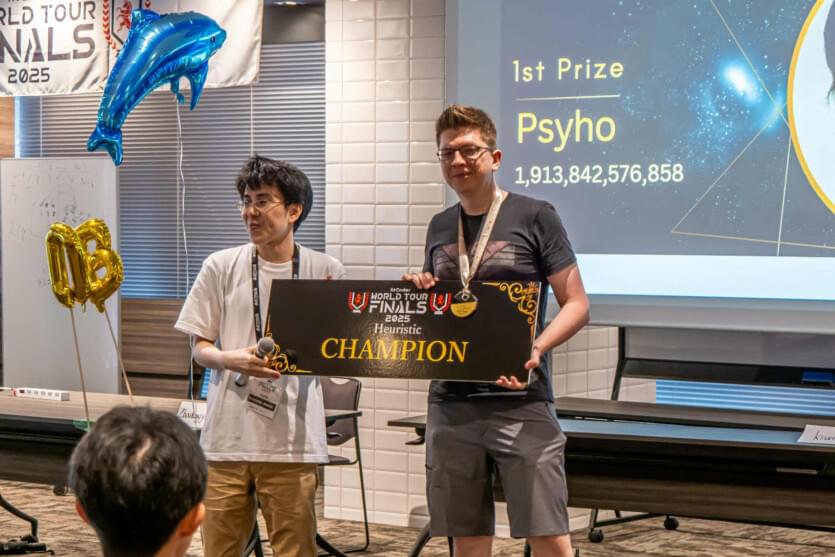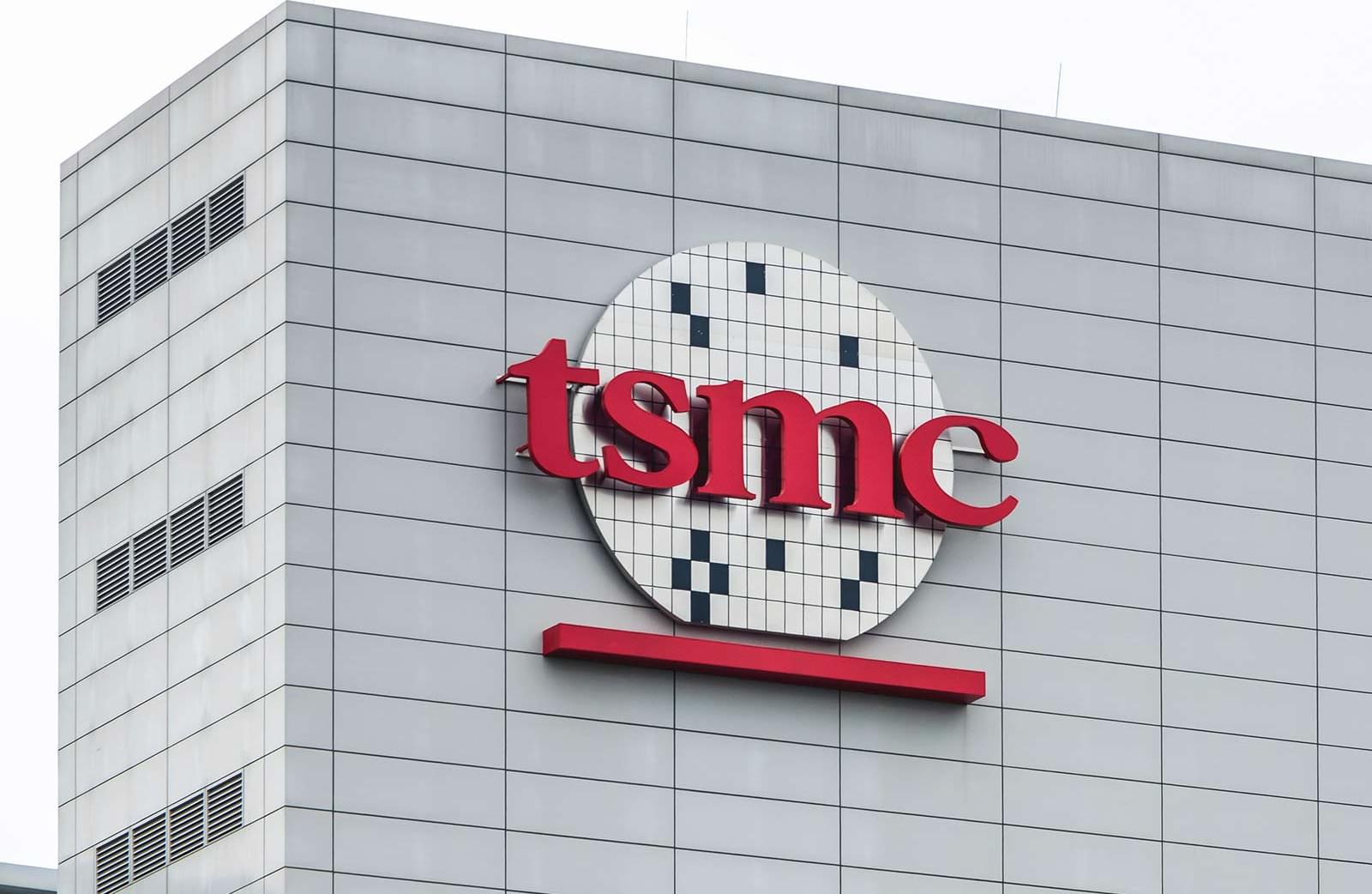DCHSpy Android spyware, linked to Iran’s MOIS, mimics VPN and Starlink apps to spy on dissidents.



Psychopathy is often associated with impulsivity, aggression, and antisocial behavior. While past studies have focused heavily on how different brain regions function in people with psychopathic traits, less is known about how these regions are structurally connected. Structural connectivity refers to the physical links between brain areas—similar to the brain’s wiring system. The researchers aimed to go beyond earlier work that focused only on specific brain circuits and instead look across the entire brain to identify any structural patterns linked to psychopathy.
The researchers were especially interested in understanding whether structural differences in the brain might explain the relationship between psychopathic traits and externalizing behaviors. Previous models have suggested two possible brain-based explanations for these behaviors. One theory emphasizes problems in how people process emotional threats, while another highlights difficulties in attention control. Both theories have some support, but no study had comprehensively examined how structural brain networks might connect psychopathy with real-world behavioral problems.
The research team analyzed data from 82 young adults who participated in the Leipzig Mind-Brain-Body study. All participants were screened to rule out medical or psychological conditions that might affect the results. Psychopathic traits were assessed using a questionnaire designed to capture both interpersonal-affective characteristics (like manipulation and lack of empathy) and behavioral traits (like impulsivity and rule-breaking). Externalizing behaviors were also measured with a separate questionnaire that included items on aggression, defiance, and similar tendencies.
Each participant underwent high-resolution brain imaging using diffusion MRI, a technique that maps the white matter tracts—essentially the brain’s wiring—connecting different regions. The researchers used a method called connectome-based predictive modeling, which relies on machine learning to identify patterns in the brain’s structural connectivity that relate to individual differences in behavior.
This method allowed them to identify two kinds of networks: positive networks, where stronger connections were linked to higher psychopathy scores, and negative networks, where weaker connections were related to those same scores. They also tested whether specific connections within these networks helped explain the relationship between psychopathic traits and externalizing behaviors.
The results showed that psychopathic traits were significantly associated with both stronger and weaker connections in different parts of the brain. The positive network—made up of connections that increased with psychopathy—was better at predicting psychopathic traits than the negative network alone. But when both networks were combined, the prediction became even more accurate.
Many of the connections in the positive network were located within the brain’s frontal and parietal lobes, which are involved in decision-making, emotional processing, and attention. These connections included pathways like the uncinate fasciculus, which links the frontal cortex with areas involved in emotion, and the arcuate fasciculus, which supports language and auditory processing. Other connections involved the cingulum bundle, associated with emotional regulation and social behavior, and the posterior corticostriatal pathway, which plays a role in reward processing and learning.

Even if you’re just a pure tool user you’re going to find that the gains to utilising those tools are very, very high.


A robot trained on videos of surgeries performed a lengthy phase of a gallbladder removal without human help. The robot operated for the first time on a lifelike patient, and during the operation, responded to and learned from voice commands from the team—like a novice surgeon working with a mentor.
The robot performed unflappably across trials and with the expertise of a skilled human surgeon, even during unexpected scenarios typical in real-life medical emergencies.
The work, led by Johns Hopkins University researchers, is a transformative advancement in surgical robotics, where robots can perform with both mechanical precision and human-like adaptability and understanding.

Going forward, AI has the potential to help balance needs across regions, ensuring care delivery doesn’t compromise chronic or long-term care in the face of emergencies.
Ethical Considerations And Systemic Impact
While AI holds significant promise in healthcare, its implementation must be approached thoughtfully. Challenges such as bias in training data, lack of interoperability and concerns around patient consent and data privacy (particularly under HIPAA) need to be proactively addressed. Effective deployment of AI requires close collaboration between policymakers, clinicians and technologists to establish standards that ensure equitable and inclusive outcomes.


Last month, Japanese startup foundry Rapidus began prototyping 2-nanometer gate-all-around (GAA) transistors at its new facility, a key step toward ramping up its first production in 2027.
The foundry, which aims to compete with TSMC and Samsung in leading-edge chips for AI, said in a press statement that in about three years, it has reached target milestones, including the fab groundbreaking in September 2023, clean room completion in 2024, and, in June this year, the installation of production equipment.
Rapidus and TSMC are two chipmakers that the Japanese government is relying on to revive the nation’s declining semiconductor industry. Rapidus, if successful, will make leading-edge 2-nm chips for companies like IBM. TSMC is producing 12-to 28-nanometer chips for image sensors and automotive applications at its base in Kumamoto, Japan.
